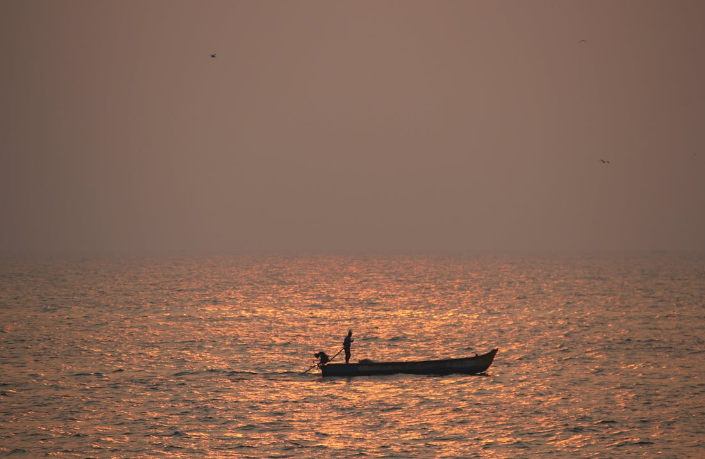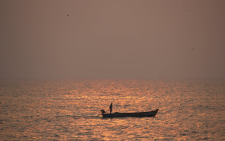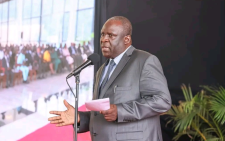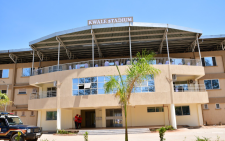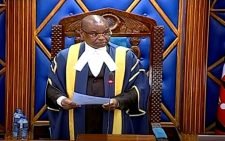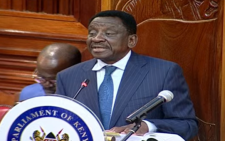Over the years, fishermen at Lake Turkana have been grappling with diminished technical capacity, inability to develop and implement fisheries site management plans, leadership and governance gaps alongside resource constraints hindering their enhanced production capacity.
The fishermen have been using non-motorised artisanal boats and rafts, limiting their fishing to shallow waters, leading to low catches and post-harvest losses.
But villagers surrounding the lake are now experiencing a revival in their fishing industry, thanks to interventions aimed at enhancing sustainable fish production and strengthening community resilience.
A recent assessment of Beach Management Units (BMUs) highlighted that many fishers have been struggling to implement effective fisheries management plans while most fishers relied on non-motorised boats.
In response, capacity-building initiatives have been introduced in seven Beach Management Units (BMUs).
The fisherfolk have benefited from capacity-building initiatives alongside training in leadership, governance, environmental protection and fish hygiene.
Site management
The initiative by the USAid Nawiri programme has additionally developed seven fisheries site management plans to improve boat operations and reduce post-harvest losses among fishers.
According to David Gosney, the USAID Mission Director who toured Lomekwi village in Turkana county, the introduction of eight motorized fibreglass boats has been a game-changer for local fishers as they allow deep-water fishing, which was previously impossible.
“To ensure proper use, 32 youth (31 men and 1 woman) have been trained in boat handling, outboard engine maintenance, and fire safety. Fisherfolk have also benefited from the provision of essential fishing gear, with 899 participants (695 women and 204 men) receiving supplies such as twines, ropes, and hooks,” stated Gosney.
In addition to fisheries improvements, the programme has connected local anchor groups to enhance economic impact with members gaining access to valuable fishing assets by paying annual membership fees, boosting their fishing capabilities. The intervention also extends beyond fisheries, with support for Village Savings and Loan Associations (VSLAs), market linkages, and vocational training in basketry, weaving, and beekeeping.

